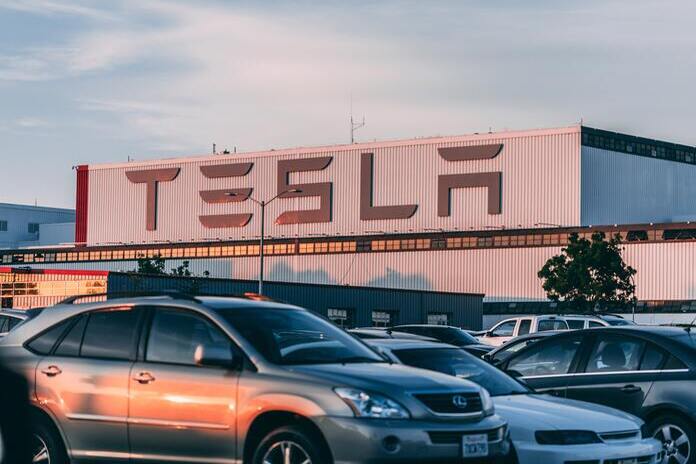Tesla (NASDAQ:TSLA) has revised its driving-range estimates for its electric vehicle lineup, a move prompted by new U.S. government regulations aimed at ensuring automakers provide accurate real-world performance data. Historically criticized for overstating range projections, Tesla has faced complaints from customers and scrutiny from automotive testing experts, as revealed in a Reuters investigation last year.
The regulatory changes, effective with the goal of transparency, necessitate automakers to test electric vehicles (EVs) for driving range and fuel efficiency in their default driving mode—the setting engaged when the vehicle is first turned on. Tesla, recognized as the top seller of electric vehicles in the U.S., has adjusted the range estimates for various models, including the Model X, S, Y, and 3.
Tesla’s website now indicates a range of 310 miles for the Model Y Long Range, compared to the Environmental Protection Agency’s (EPA) listing of 330 miles. Similarly, the performance variant of the Model Y saw a reduction from 303 miles to 285 miles. These adjustments come as a response to the new EPA rules, requiring automakers to adhere to standardized testing methods for efficiency and average results.
The EPA, responsible for regulating advertised fuel economy and driving-range estimates, has not specified whether Tesla’s new range estimates have been certified. The agency clarified that automakers routinely adjust efficiency estimates with new model years based on updated test procedures and vehicle changes.
Tesla, with a history of offering various driving modes, including the “Chill” mode for efficiency, faces a transition toward more standardized measurement methods. Despite the reductions, Tesla remains a notable exception, as Edmunds and Recurrent, among others, noted that the majority of electric vehicles they tested surpassed their advertised ranges.
Consumer Reports welcomed the EPA’s rule change, emphasizing the importance of making range numbers comparable across different vehicles for consumers. Tesla’s adjustments, considered a step in the right direction, align with efforts to provide more accurate information to car shoppers about their vehicles’ real-world travel capabilities.
Featured Image: Pexel















